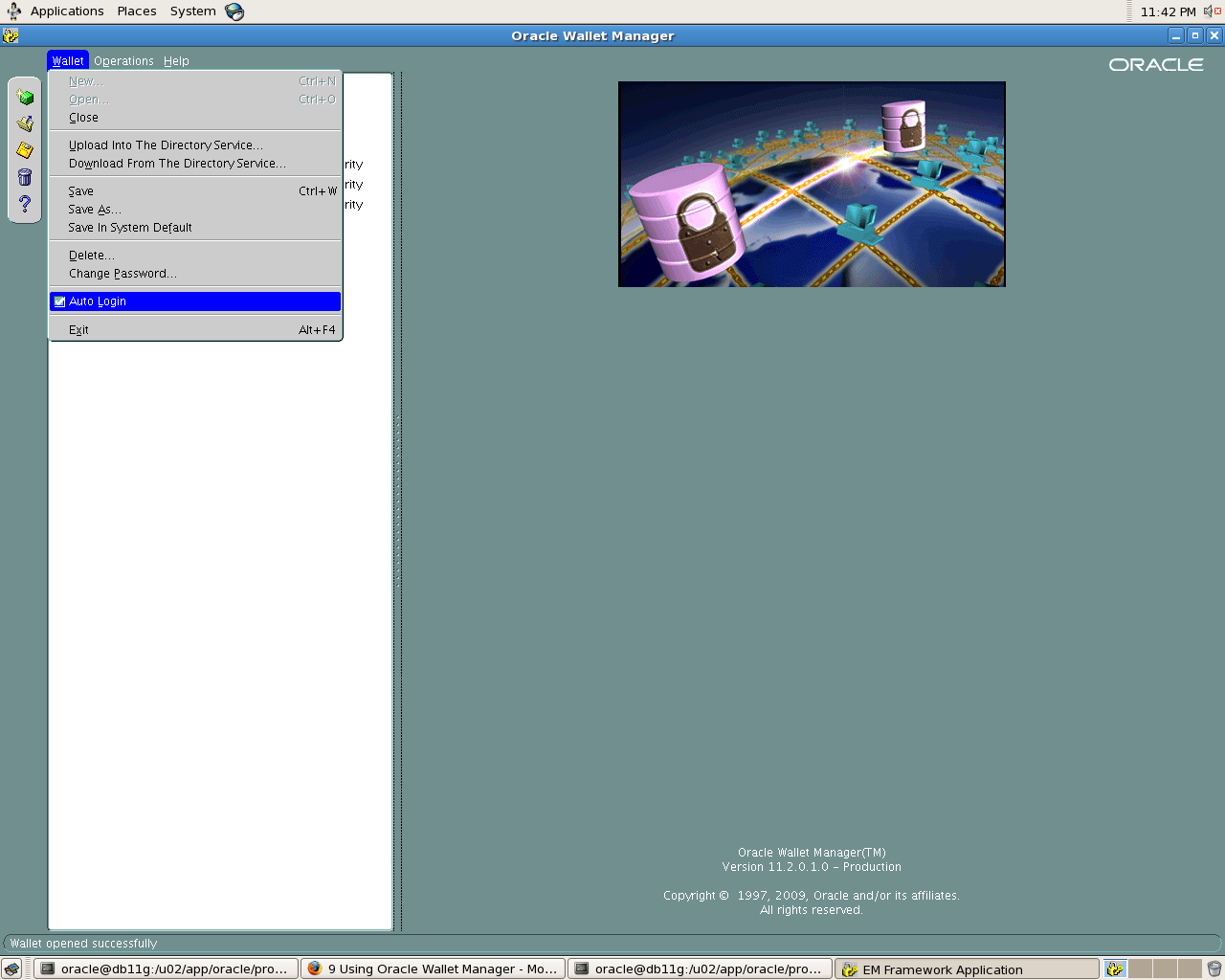OVERVIEW
Oracle has been regularly releasing security fixes for all it’s products to take care of any security vulnerability. Since 2005 Oracle formulated a policy that it will release CPU patch ( bundle of security fixes) every quarter (January, April, July, and October).
CPU includes fixes for various Oracle products including Database. Initially Oracle decided to include security fixes, fixes that conflict with security fix and fixes for bugs that affect wide range of users.
With each CPU Oracle provides a brief overview of fixes included, but does not elaborate on the vulnerabilities as this information could be misused. CPU patches are applied using Opatch utility.
CONFLICTS – SUPER SET – SUBSET
Before moving any further let us understand what a patch conflict is. As we all know, Oracle is bunch of c-programs. Any patch makes one or more changes to the c program files. Two patches can make changes to the same or different sets of c-code. When a patch shares one or more files with an existing patch then it is known as CONFLICT.
If a old patch makes all the changes to the c-code as compared to the new patch plus a set of additional changes, then the old patch is the SUPERSET of new patch. On the contrary if an existing patch contains only some of the changes compared to the new patch being installed, then it is called a SUBSET. While apply any new patch, Opatch checks for these 3 conditions.
In case of a superset situation, Opatch does not install the new patch and in case of subset old patch is rolled back and new patch is installed. When opatch detects a conflict scenario, user can decide which patch to keep and which patch to rollback.
N-APPLY
While applying a cpu patch, users can face a patch conflict with an all ready applied patch. You can request Oracle for a merge patch. CPU patches are cumulative i.e. fixes included in Jan fix will be part of April fix.
To take care of all the conflicts reported by various users, Oracle releases CPU super merge patches mid-way between 2 CPU patch releases. CPU super merge patches are merge of a CPU patch and all the reported patches conflicting with a given CPU patch.
This entire process was time consuming. Conflicts also prevent application of CPU patches. To overcome this, Oracle has come up with a new concept of packaging cpu patches for 10.2.0.3 (not all platforms) and upwards since July 2007. With this new process Oracle has stopped including non-security fixes in CPUs. Oracle has come up with N-apply concept.
With the new N-apply concept, a cpu is divided into one or more molecules. Molecule is set of one or more bug fixes. This feature is specially use full when users encounter conflicts. Conflicts can be resolved at the molecular level. This provides us a technique to apply a part of cpu fixes while patch conflicts are resolved.
To make use of the n-apply feature ensure that you have latest version of opatch, run the command:
opatch napply -skip_subset -skip_duplicate
OPatch parameter -skip_subset, which is specified at CPU patch install, enables OPatch to determine that a merge patch that includes a molecule is already installed in the Oracle home, and to then skip application of the molecule patch.
OPatch parameter, -skip_duplicate, provides the additional benefit of detecting when a molecule patch has already been applied, as in the case of a previous CPU, and to skip application of it. This reduces the length of time required to do the n-apply CPU installation and minimizes the overall change to the Oracle home.


This is a very good article and I look forward viewing additional ones in the future. The information is very informative and useful in my patching of Oracle Systems.
Thank you for the research.